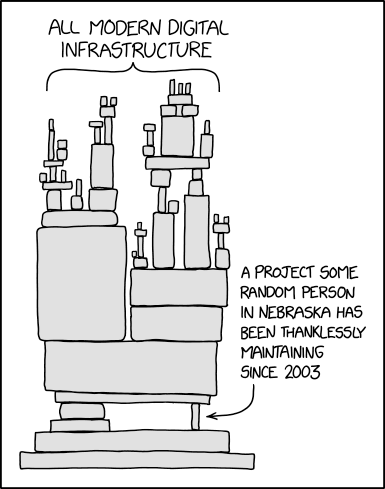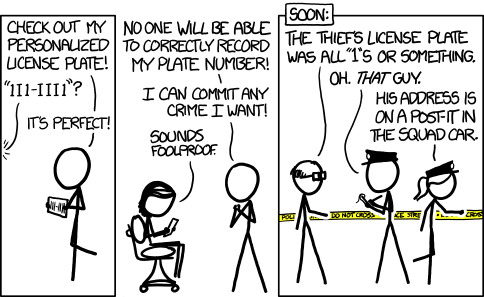Yesterday evening I got a pop-up that I should disable ublock from youtube. Refreshing page got rid of that but apparently it's time for me to run some updates on this thing. I've seen that few times, google changes something and as I'm a bit lazy to run updates my system sometimes gives the pop up.
You could get around with a normal file share service (assuming you already are using one) via tinyurl or similar redirect. I don't know how much the free services track you or if they have other security implications, but I have couple of domains laying around and it would be pretty trivial to just create HTTP redirect from "class-a.up.mydomain.foo" to my nextcloud upload link.
Or they're just rubbing it in. "Look here, we found these drones from local hacklab and threw them on a truck and it took out sizable portion of Russias planes over the weekend" -kind of way. All of that is pretty simple to figure out anyways, it's a huge PR victory to reveal everything (with the obvious military victory) and there's no easy nor cheap way for Russia to prevent that from happening again at somewhere else. Maybe next time it's not a truck near airfield but a van in Moscow or a tractor trailer at some field nearby training grounds. There's just no way Russia could monitor and defend everything across their country.
Or put data centers where the air itself is colder. There's been small-scale studies on how servers work on greenhouses at the Finnish winter and they are just fine with air cooling at below zero temperatures. I've also ran my own homelab in an non insulated attic without issues. The only problem is that if your hardware shuts down it starts to gather ice, so you need to move them in a warm location during maintenance, but they'll run just fine even at -30C as long as they're shielded from elements other than temperature.
And in colder climate the excess heat is a resource in itself as you can pump it into district heating loops and not just dump it to the environment.
I've both done and seen some "creative" solutions here and there over the years, but that's quite an accomplishment. But you can't deny the results, very effective percussive maintenance.
Also when sodium hydroxide reacts with acid it releases CO2 and it affects growth of at least some fungus. Also, if a brick sized fuel cell can provide 1kWh and single transatlantic flight consumes at least 20MWh you'd need a pile big enough to build a house which doesn't sound feasible.
But I'm not a chemist either, I suppose it boils down to comparing negative effects between this new cell against kerosine. Plus there's always the case which affects any new kind of storing energy where it'll be indefinetly 'ready for market in next 5 years'.
[email protected] is just the place for that and it's on sidebar as well.
it will waste less space in the recycling bin
In here pretty much every bottle and can for beverages has a deposit included in them. 0,10€ for small (<1l I think) plastic bottles, 0,15€ for cans. They're included in the shelf price and when you bring them back to the recycling you'll get your deposit back. Then the recycling machine crushes all to pallets and they're hauled to a factory which then makes new stuff out of the plastic and aluminium.
No need to throw them away. In here the return rate is >90% and even if you don't care about the few coins it's common to leave the empty bottles on top of or next to a recycling bin where others can pick them up and return.
Or, if you're using only one or few distributions you can preseed the image and have the installer do the stuff for you.
IsoKiero
0 post score0 comment score


If you want to really nerd out on the balancing/belt counts/everything there's a ton of different calculators online where you can input what you want and they'll spit out how many machines you need for everything.
Or you can do like I did, just mess around until you have something remotely sensible with some spaghetti on top and have fun while doing it ;)